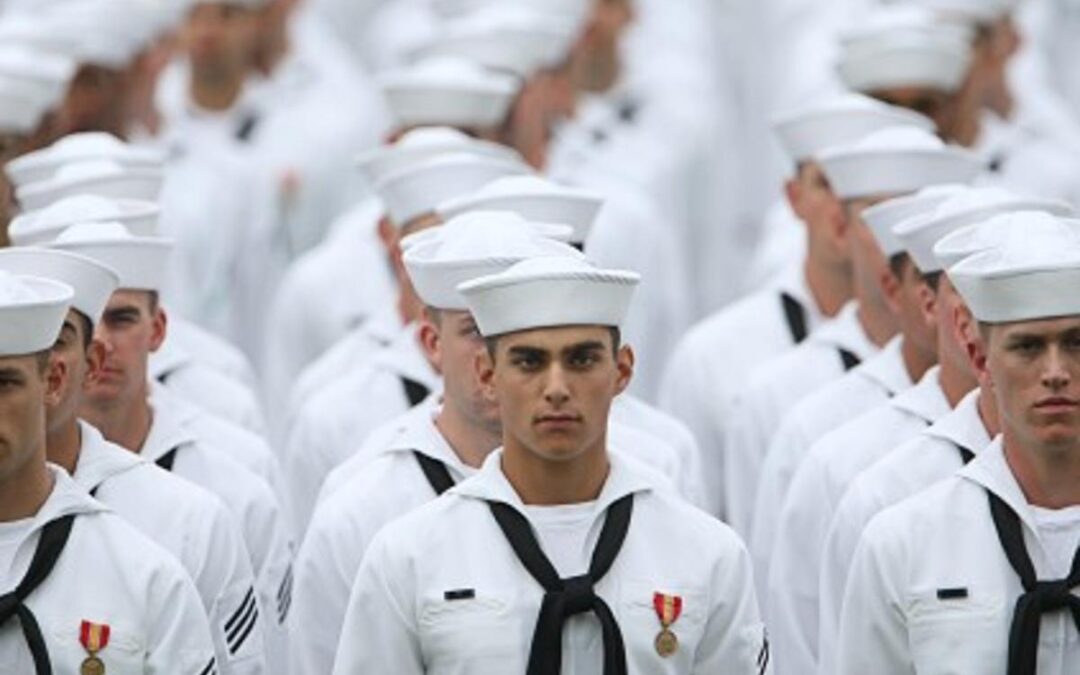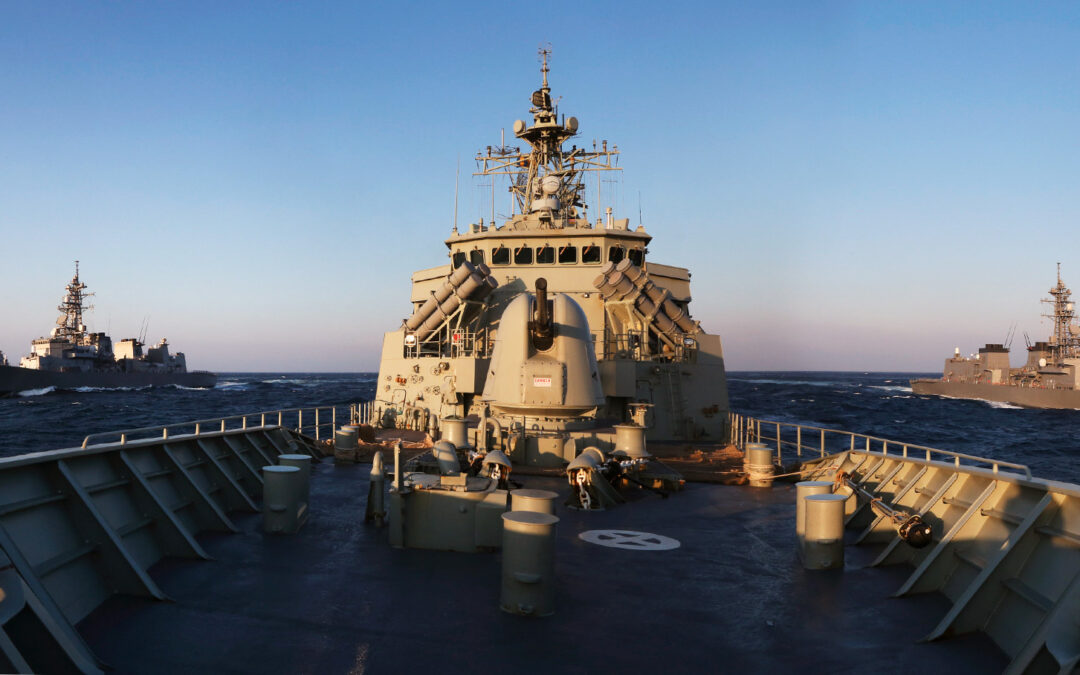The Purpose of Establishment of the United States Space Force The Space Force was signed into law on Dec. 20, 2019, as part of the 2020 National Defense Authorization Act. SpaceForce.mil went live shortly thereafter. On June 18, 2018, President Donald Trump directed the Pentagon to begin planning for a United States Space Force: a 6th independent military service branch to undertake missions and operations in the rapidly evolving space domain. The Beginning of a New Military Service The U.S. Space Force (USSF) would be the first new military service in more than 70 years, following the U.S. Air Force's establishment in 1947. Vice President Mike Pence and the Department of Defense released more details about the planned force on Aug. 9, 2018, citing plans to create a separate military command, U.S. Space Command, in addition to an independent service overseen by a civilian secretary, all by 2020. Does the United States Need the United States Space Force? The Department of Defense...











